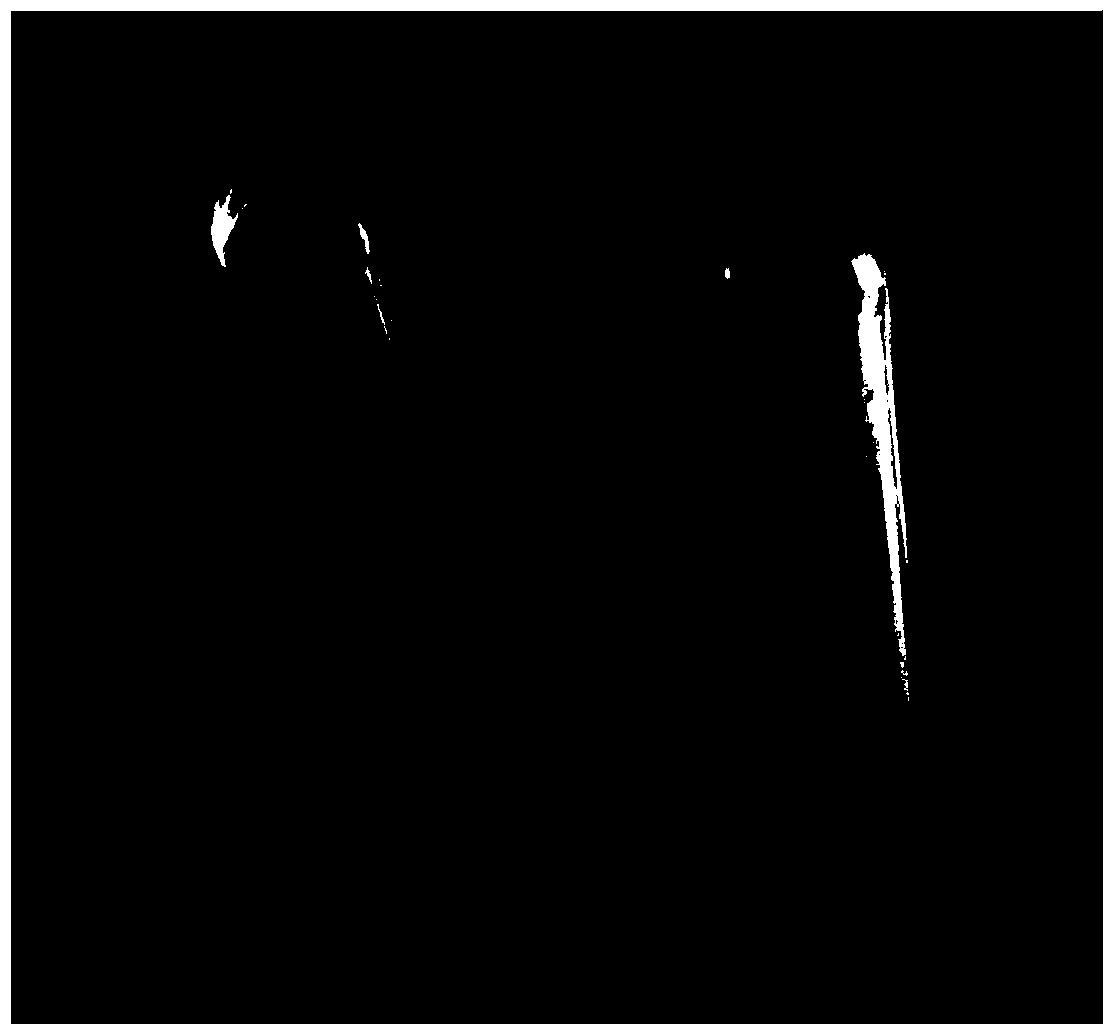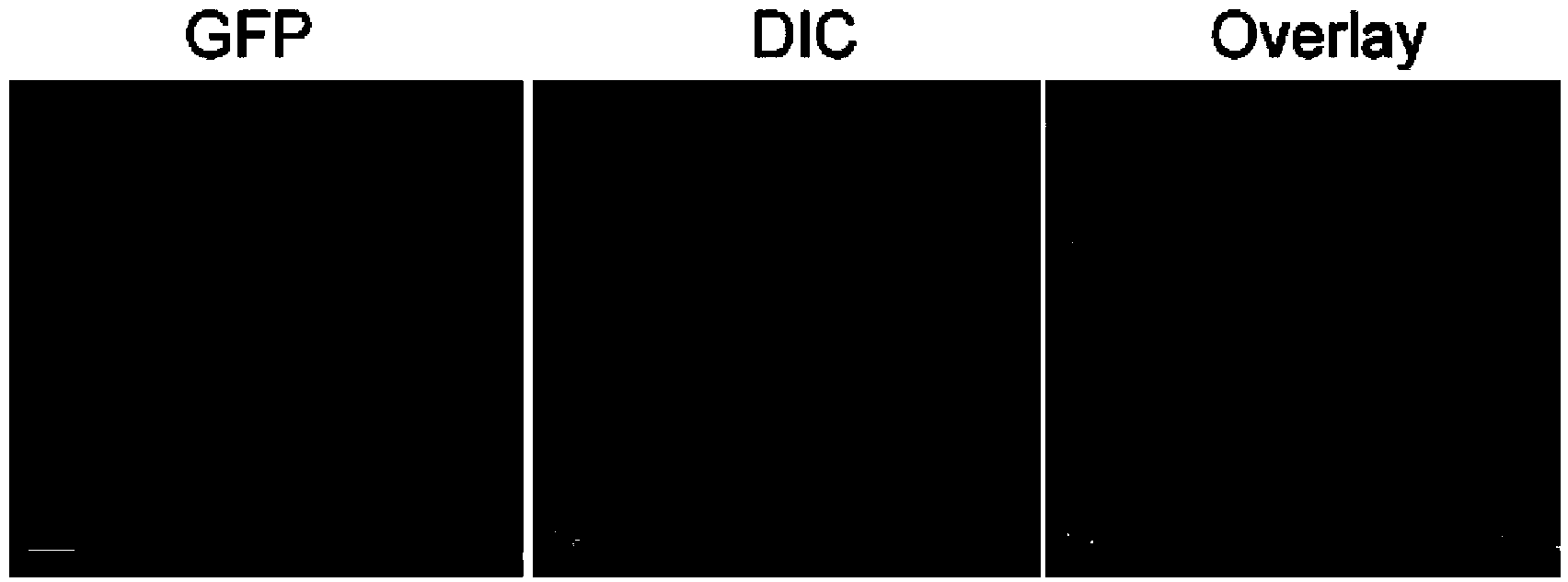Method for separating exosome from cell culture medium
A technology for separating cells and culturing cells, which is applied in the fields of biochemistry and cell biology, and can solve the problems of high price, impact on experiments, and large consumption of kits, and achieve the effect of saving costs and reducing dosage
- Summary
- Abstract
- Description
- Claims
- Application Information
AI Technical Summary
Problems solved by technology
Method used
Image
Examples
Embodiment 1
[0022] The colon cancer cells DLD1 in the logarithmic growth phase were inoculated in three cell culture dishes with a diameter of 10 cm, and each dish was 7×10 5 cells at 37°C, 5% CO 2 Cultured in RPMI1640+10%FBS culture medium without antibiotics under the condition of RPMI1640+10%FBS culture medium without antibiotics, when it grew to a confluence of 90%, replaced with new RPMI1640+10%FBS cell culture medium without antibiotics, 10mL per plate, cultured After 24 hours, collect about 30mL of the medium in the three dishes into two 50mL centrifuge tubes, and then number them A and B respectively. Methods to isolate exosomes.
[0023] The inventive method: the steps are as follows:
[0024] 1) Collect fresh cell culture-based centrifuge tubes, centrifuge at 300g for 15 minutes at 4°C to remove suspended cells and cell debris in the medium.
[0025] 2) Transfer the supernatant after centrifugation in step 1) into a new centrifuge tube, and centrifuge at 10,000g for 30 minute...
Embodiment 2
[0030] The exosomes isolated in Example 1 were used to detect the marker protein CD63 in the exosomes by western blot test.
[0031] (1) Add an appropriate amount of membrane protein extract containing PMSF to the exosomes isolated above, incubate at 4°C for 30 min, and then repeatedly freeze and thaw in liquid nitrogen three times to fully lyse them.
[0032] (2) Determine the protein concentration in the lysate by using the BCA method to ensure that the total amount of protein in each sample is the same, then add 5× loading buffer, denature at 100°C for 5 minutes, and perform 10% SDS-polyacrylamide gel electrophoresis. After electrophoresis, the protein was transferred to PVDF membrane by wet transfer method, and blocked with 5% skimmed milk powder for 2h.
[0033] (3) After blocking, wash off the blocking solution with TBST buffer, add CD63 antibody, and incubate overnight at 4°C. The next day, after washing away the primary antibody with TBST, add horseradish peroxidase-l...
Embodiment 3
[0036] The exosomes isolated by the method of the present invention were observed by a fluorescence microscope.
[0037] (1) Resuspend the exosomes isolated in Example 1 with an appropriate amount of PBS, add DiO (green fluorescent probe for cell membrane), and stain for about 10 minutes, so that the exosomes are marked with green fluorescence.
[0038] (2) Centrifuge at 10000g for 1 hour, discard the supernatant and add PBS to wash away unbound probe molecules.
[0039] (3) Repeat the step in (2) once.
[0040] (4) Re-suspend the isolated exosomes in PBS, smear the suspension on a glass slide, seal the slide after drying, and observe under a fluorescence microscope.
[0041] The result is as image 3 The isolated exosomes shown were stained green, and the diameters of the exosomes were consistent with those reported in the literature.
PUM
 Login to View More
Login to View More Abstract
Description
Claims
Application Information
 Login to View More
Login to View More - R&D
- Intellectual Property
- Life Sciences
- Materials
- Tech Scout
- Unparalleled Data Quality
- Higher Quality Content
- 60% Fewer Hallucinations
Browse by: Latest US Patents, China's latest patents, Technical Efficacy Thesaurus, Application Domain, Technology Topic, Popular Technical Reports.
© 2025 PatSnap. All rights reserved.Legal|Privacy policy|Modern Slavery Act Transparency Statement|Sitemap|About US| Contact US: help@patsnap.com



